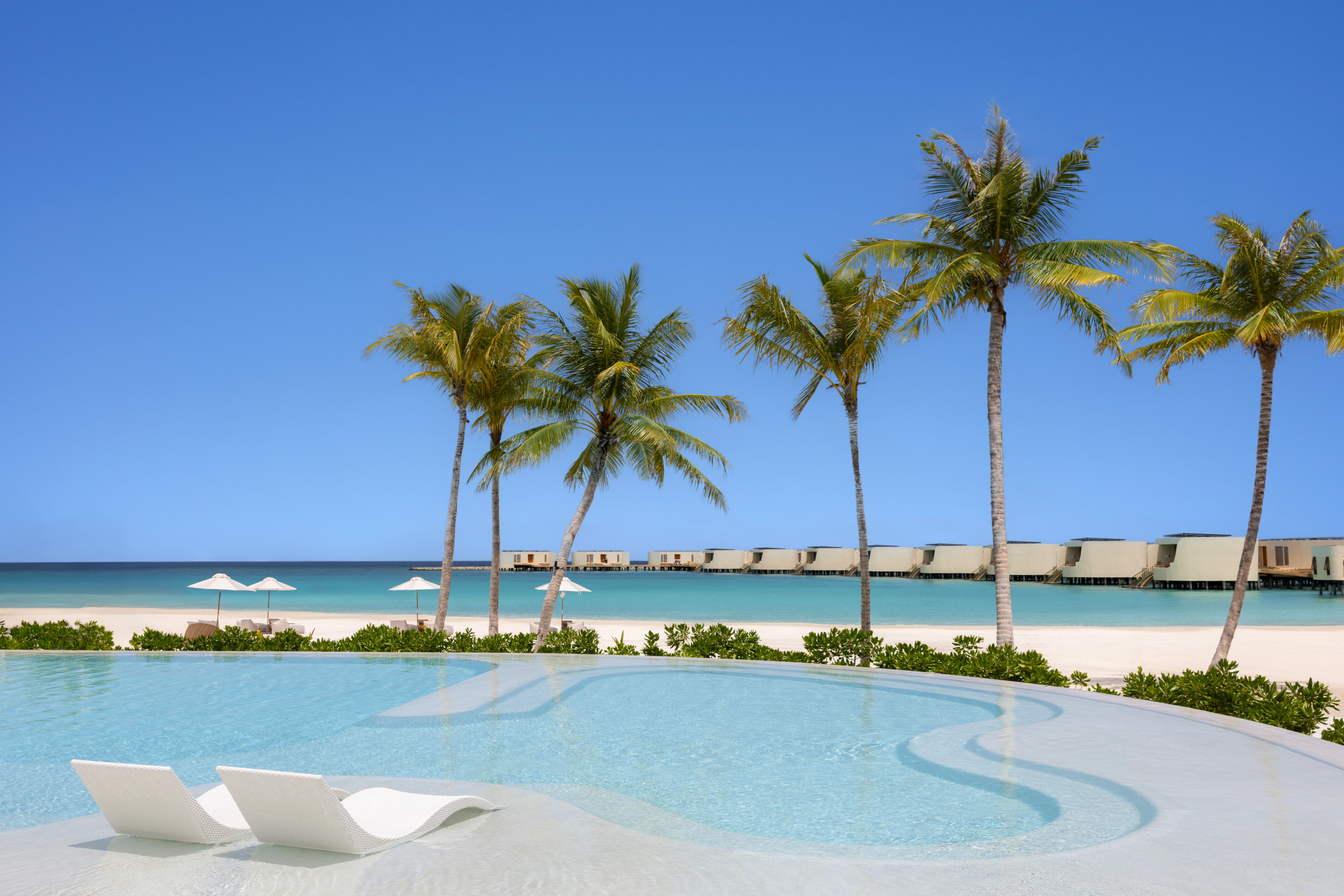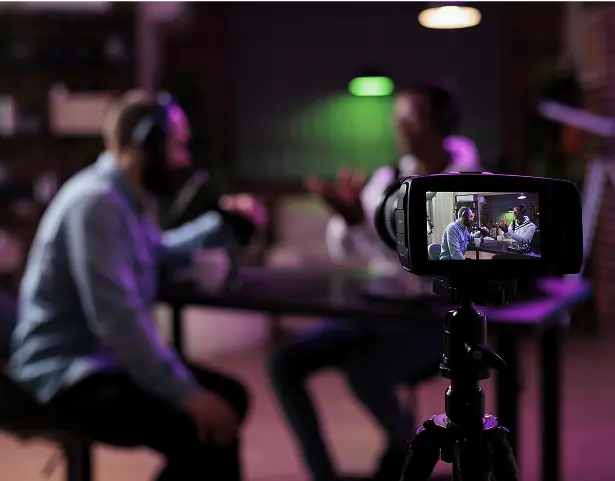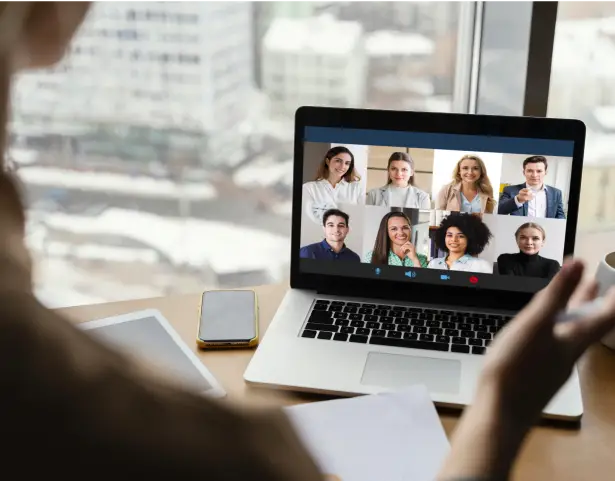 Representative Image
Representative ImageMore people than ever are choosing to camp alone. The freedom to explore at your own pace, disconnect from daily stress, and challenge yourself in nature has made solo camping incredibly popular. But while scrolling through stunning sunrise photos and remote location tags feels inspiring, one expert warns there's a hidden danger that a lot of solo adventurers don't consider.
According to camping expert Andy Halliday from Lexrope, a UK-based outdoor gear specialist, one simple social media habit could be putting solo campers in danger.
“The biggest mistake I see solo campers making isn't the gear they bring or their weather preparation,” says Andy. “It's what they post online while they're out there alone.”
The safety rule Andy wants every solo camper to know will be revealed through practical advice that could genuinely save lives.
Why Solo Camping Is Taking Off
Solo camping has exploded in popularity, especially since people started seeking more meaningful ways to spend their free time. The appeal is obvious: complete control over your itinerary, the chance to switch off, and personal growth that comes from navigating challenges independently.
“I've seen a massive increase in people buying solo camping gear,” explains Andy. “They want that authentic outdoor experience without having to coordinate with others or compromise on their plans.”
But this independence comes with risks that group campers rarely face.
The Golden Rule: Never Post in Real-Time
Here's the safety rule that could save your life: never share your location or activities on social media while you're still there. This means no Instagram stories from your tent, no Facebook check-ins at remote campsites, and no Snapchat updates showing your exact whereabouts.
“When you post a photo tagged at a specific location while you're still there, you're essentially broadcasting that you're alone and vulnerable,” warns Andy. “It's like putting up a sign saying ‘one person, isolated location, come and find me’.”
The danger that such posts pose isn't theoretical. Real-time posting can attract unwanted attention from people with bad intentions, expose you to theft when your home is empty, and even help stalkers track your movements.
Smart Social Media Safety
You don't have to give up sharing your adventures completely. Here's how to stay connected safely:
Wait Until You're Home: Share those breathtaking photos after you return. Your followers will still enjoy them, and you'll be safe.
Remove Location Data: Disable geotagging on your phone's camera settings. People often don't realise their photos automatically include GPS coordinates.
Be Vague About Timing: Instead of “camping at Snowdonia tonight”, try “had an amazing time at Snowdonia last weekend.”
“The best adventure photos often come from reflecting on the experience anyway,” notes Andy. “You'll choose better shots and write more thoughtful captions when you're not rushing to post in the moment.”
Additional Solo Camping Safety Tips
Beyond social media awareness, Andy recommends these safety measures:
- Share Your Plans: Tell someone trustworthy your exact location and expected return time. Set up check-in times.
- Pack Emergency Communication: Carry a whistle, consider a personal locator beacon for remote areas, and make sure your phone has offline maps downloaded.
- Trust Your Instincts: If something feels wrong about a location or person, leave immediately. Your gut feeling is worth more than any camping spot.
- Stay Connected Safely: Use your phone's emergency features, but keep location services off for social apps.
Andy Halliday, camping expert at Lexrope, commented: “This rule is vital because solo campers are at their most vulnerable when they advertise their isolation in real-time. I've heard too many concerning stories from customers who've had unexpected visitors at remote campsites after posting their location online. What a lot of people don't realize is that social media posts create a digital trail, which can be followed by anyone with bad intentions.
“The sad reality is that posting your solo camping adventure as it happens can turn a peaceful retreat into a dangerous situation. Aside from sharing your location, you're confirming that you're alone, potentially miles from help, with valuable camping equipment. It's information that the wrong person can use against you.
“The good news is that staying safe doesn't mean giving up on sharing your adventures. Some of the most inspiring outdoor content comes from people reflecting on their experiences after they return home. You can still inspire others and document your journey – just do it safely.”




















